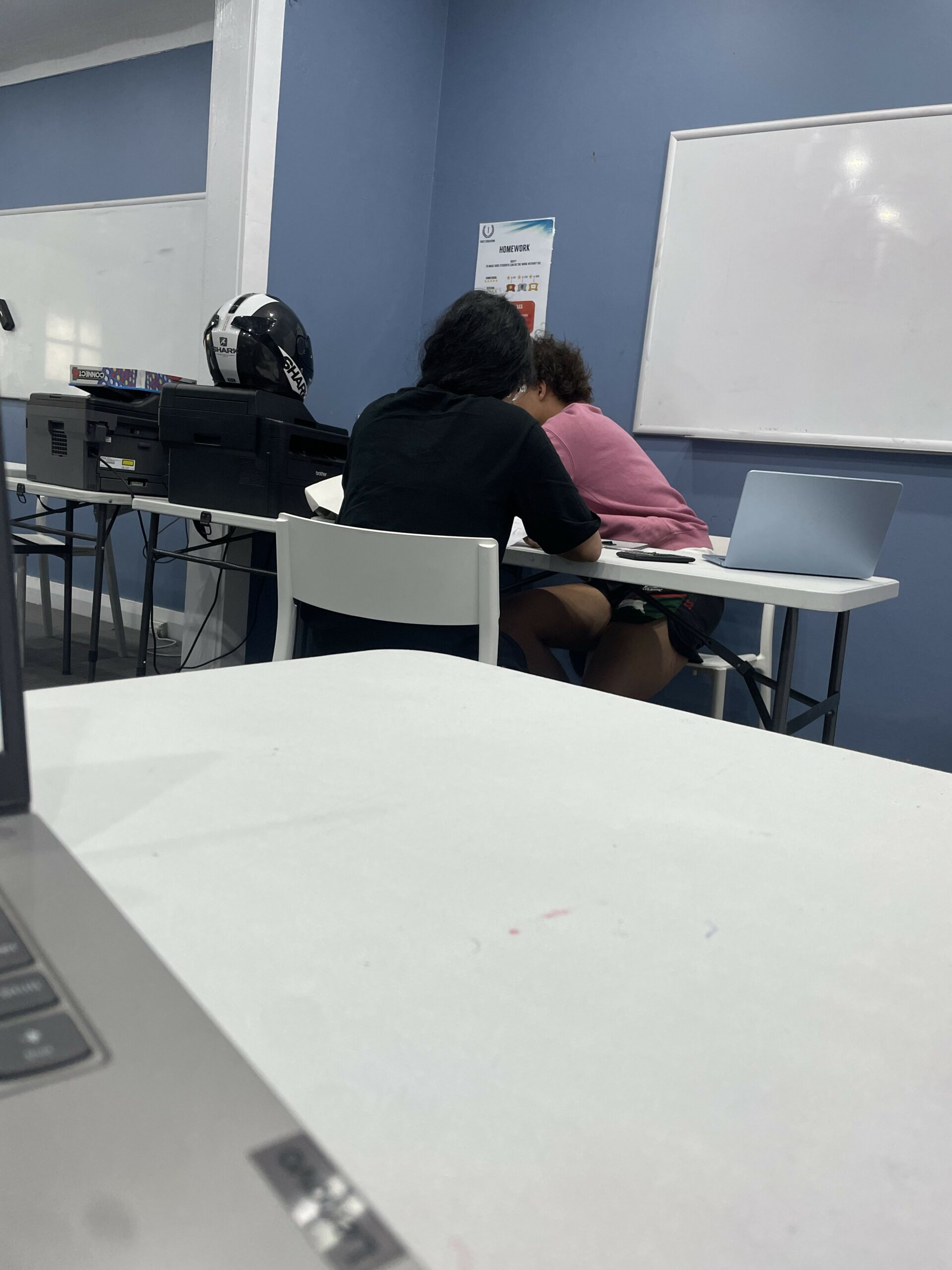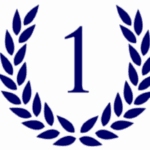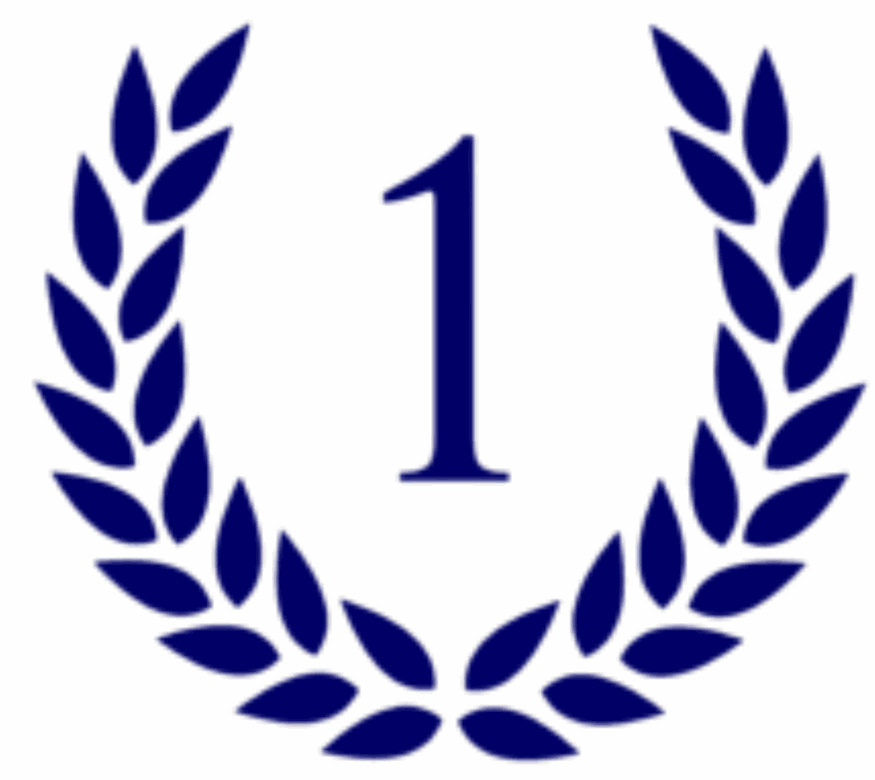
Today I had the opportunity to observe Mateus and his Year 9 Mathematics session, where the focus was on trigonometry, particularly the application of bearings. It was an insightful session that highlighted not only the challenges students face when transitioning from abstract trigonometric concepts to real-world applications, but also the importance of guided practice in building confidence.
Mateus began by revising the fundamentals of sine, cosine, and tangent, ensuring the student was comfortable with the core ratios before extending them to navigation based problems. This foundation was crucial, as many students often find it difficult to link abstract ratios to directional movement. By anchoring the lesson in familiar material, Mateus created a logical bridge to the more complex concept of bearings.
What stood out most was his use of visual aids. Diagrams were drawn, with clear emphasis on orienting from north and applying clockwise measurement. This incremental approach allowed students to see how trigonometry moves beyond the triangle on paper to describe direction, distance, and orientation in practical contexts, such as maps or navigation. The student initially struggled with distinguishing between angles inside the triangle and the bearing required from north, but through repetition and guided questioning, Mateus helped the student be more confident in attempting the questions
Another strength was his pacing. Rather than rushing through worked examples, he gave the student time to attempt problems independently, providing targeted support. This balance between instruction and practice allowed the student to consolidate their understanding while also identifying areas of misconception.
Observing this session reminded me of the value of contextualising mathematics. Bearings, while technical, become far more engaging when framed as a tool for navigation and decision-making. As a tutor, it reinforced for me the importance of blending clarity, patience, and real-world relevance in teaching. The session ultimately highlighted how effective instruction can transform abstract mathematics into a skill set students see as both useful and applicable
Tynan Philmara

